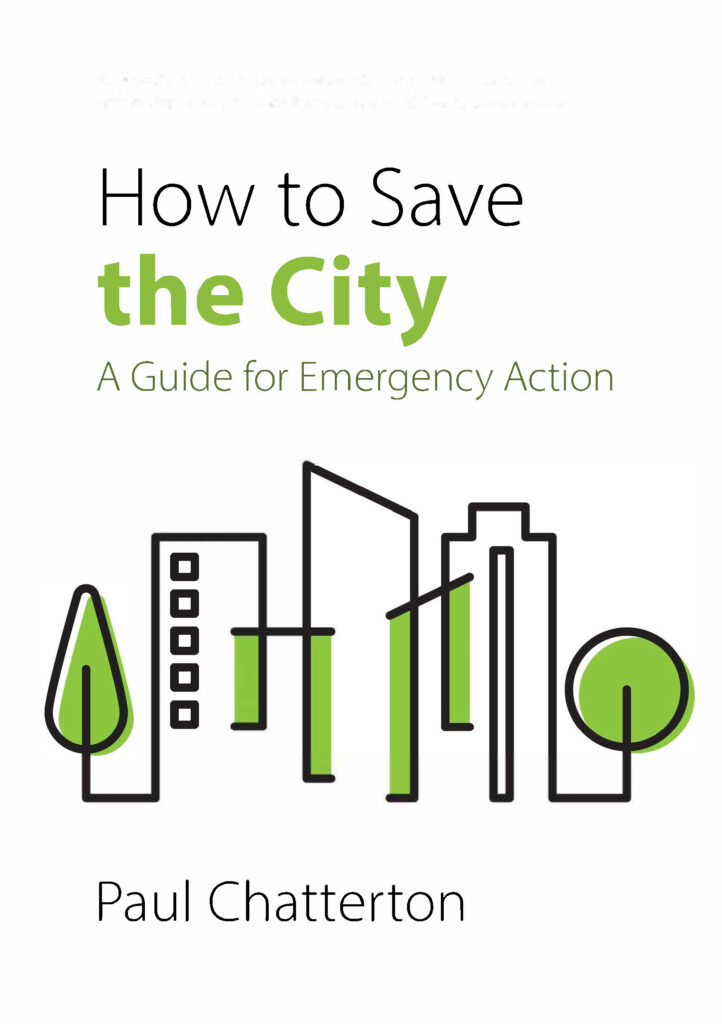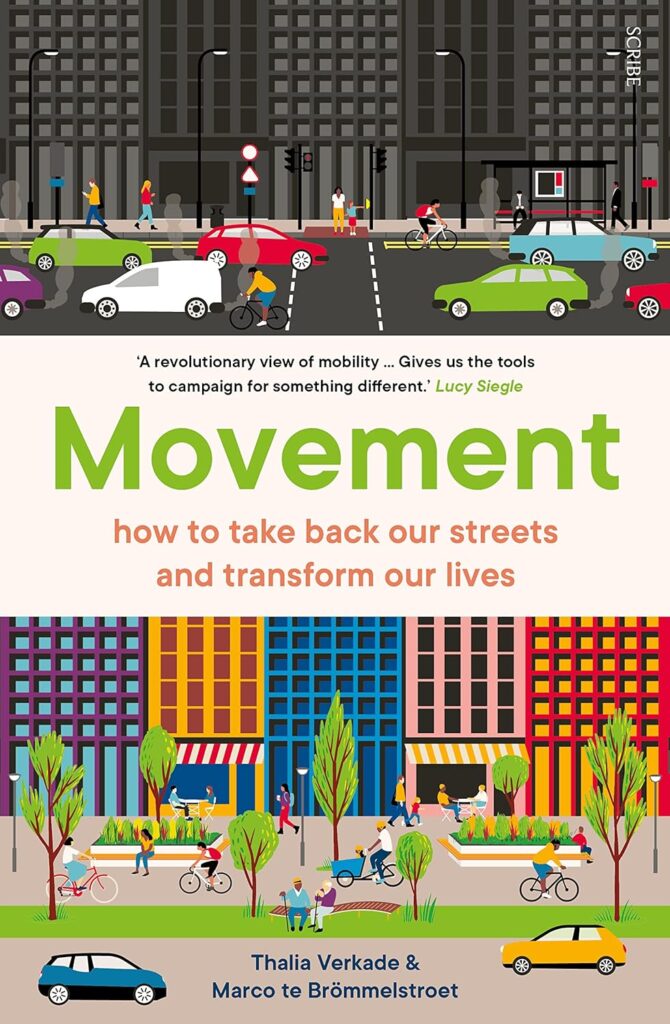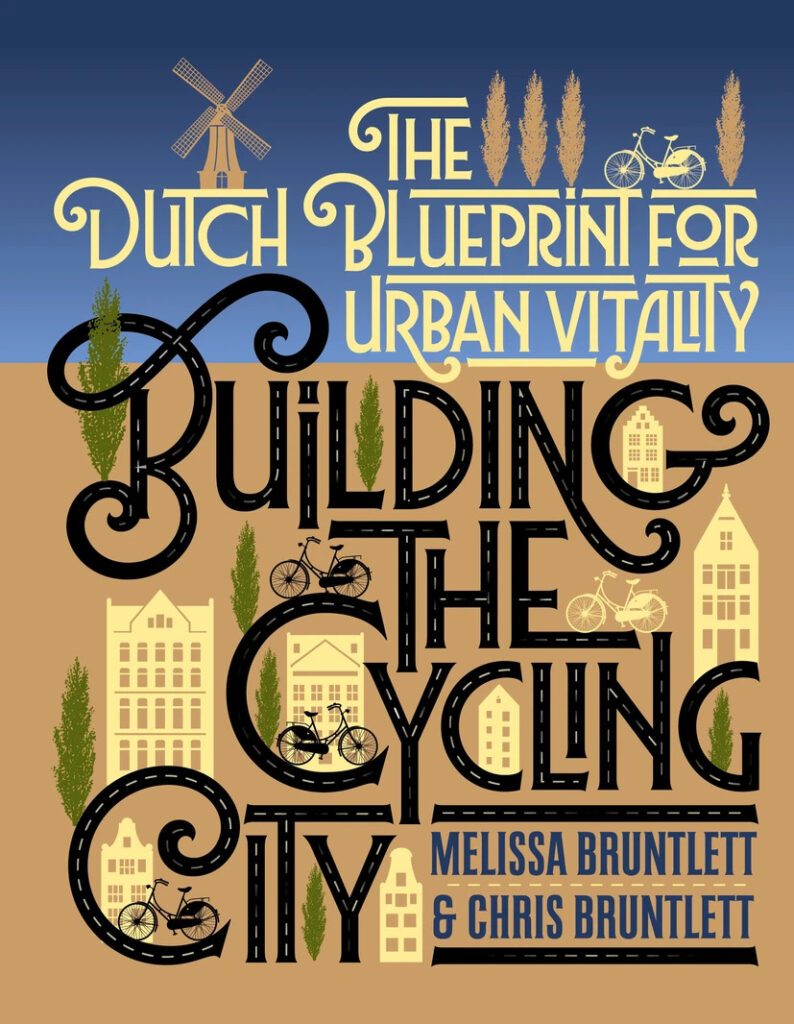
What is it about?
Text by Sean Mottles
This is part of the urban mobility book review series produced in collaboration with EIT Urban Mobility
There is an art and a science to transport planning, as Jarrett Walker explains in Human Transit: How Clearer Thinking about Public Transit Can Enrich Our Communities and Our Lives. Guiding the reader through the perspective of a planner, addressing misconceptions, and getting to the core of what makes a successful transit system, he offers a clearer view into how transit shapes cities and its impact on quality of life. Walker’s 20 years of planning experience is distilled into a book aimed at informing the rider, transport planner, and those who are just curious about transit how effective systems are created.
The first three chapters set out to define transit, list the seven user demands that make transit effective, and clear up several common paths to confusion. Very quickly we are introduced to the relationship between land use and transit: “Virtually every transit rider is also a pedestrian, so transit ridership depends heavily on the quality of the pedestrian environment where transit stops” (page 51), a recurring and important concept. The emphasis on the user is maintained throughout the book, basing each planning decision around addressing the seven demands of useful service and how transit serves them: “It takes me where I want to go, it takes me when I want to go, it is a good use of my time, it is a good use of my money, it respects me, I can trust it, and it gives me freedom (to change my plans)” (p. 77). Misconceptions around transit come from many sources, and Walker seeks to explain why they are so common and how to correct these in ourselves and others (p. 104). The author argues that remedying these misconceptions and being more precise with language enables both planners and citizens to more fully understand the problem and ensure that the solution actually is in line with the seven demands.
What approach does it take?
A major portion of the book then deals with transit planning and operations. The reader gets an insight into different types of line design, stops, service timing, frequency versus speed, fares, and coverage. Describing himself as a plumber presenting questions that encourage us to clarify what is important, Walker uses his expertise to explain the pros and cons of each decision and how basic geometry and geographical patterns make certain practices more effective at achieving those goals. We can put most of what matters in just four words “Be on the way!” (p. 425). Density, the geometry of lines or directness, spacing of stops, and frequency are all tightly connected and crucial for a successful transit system. This focus on being “on the way” emphasizes the importance of efficient land use decisions and how that determines transit outcomes rather than transit planning on its own. The directness of lines to places people want/need to go and density around stops are what offers a high level of mobility (p. 274). Though this book is mostly about becoming more familiar with transit, the final chapter focuses on the development of policies that bring land use, governments, and transit planning together. This section could have gone into more detail given its importance in ultimately determining the outcome of long term plans, especially around incorporating the correction of misconceptions in interactions between communities and planning organizations to enable widespread adoption.
Human Transit does a good job of giving the reader a more complete view of transit systems and how they and the built environment interact. One of the goals of the book is “not to make you share my values but to give you the tools to clarify and advocate yours” (p. 29), and the approachable writing style combined with Walker’s extensive experience makes that attainable for the regular citizen as well as the transit planner. The book’s high level approach leaves some questions about the specifics around policy and transit organizations, but the attention given to user and pedestrian experience as well as effective land use are appreciated and give the reader a well rounded context of transit.
Further details
- Human Transit: How Clearer Thinking about Public Transport Can Enrich Our Communities and Our Lives, by Jarrett Walker, Island Press, 2011, 256 pages, $37 (paperback), ISBN-13 : 978-1597269728



